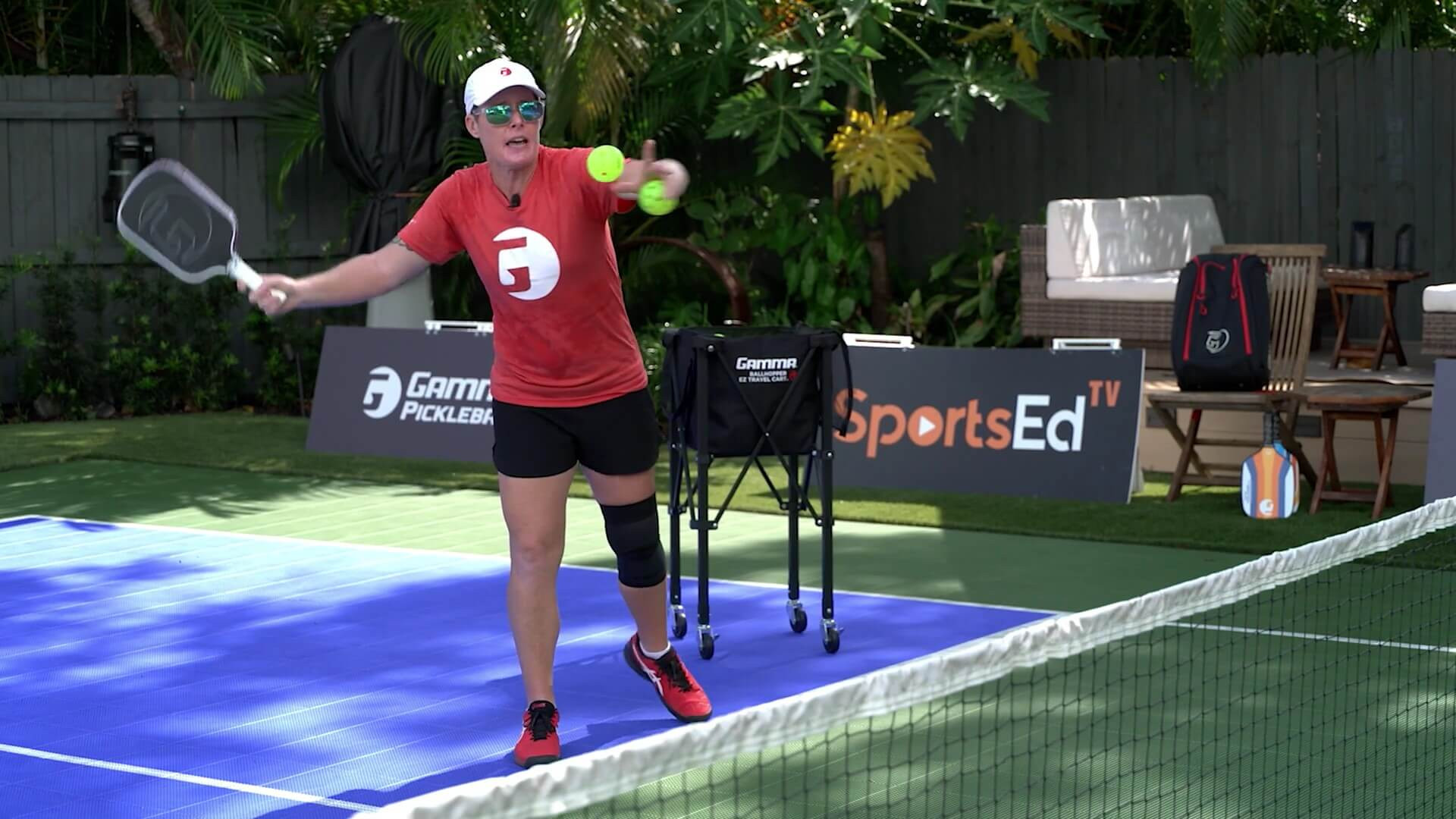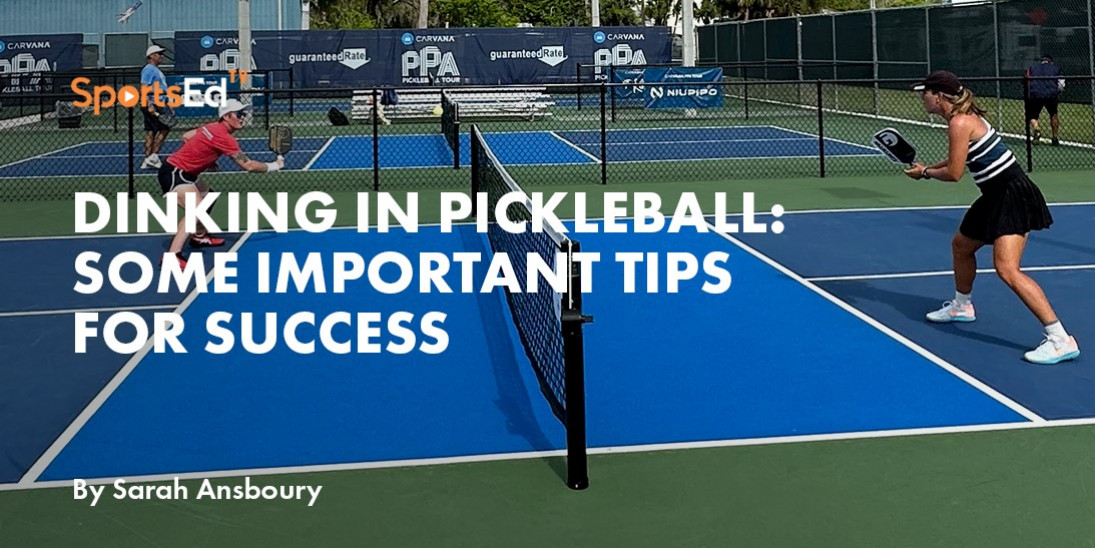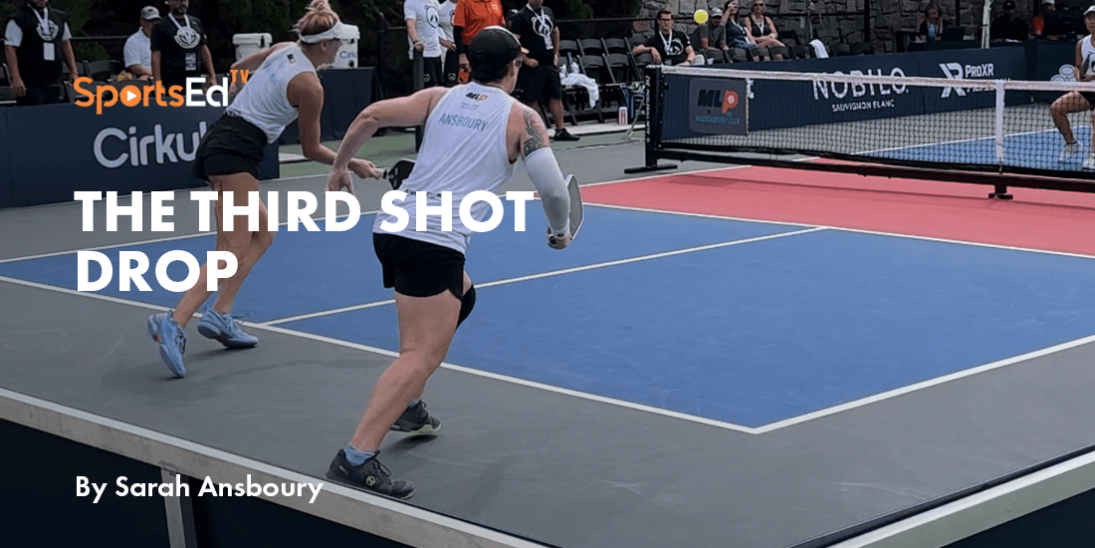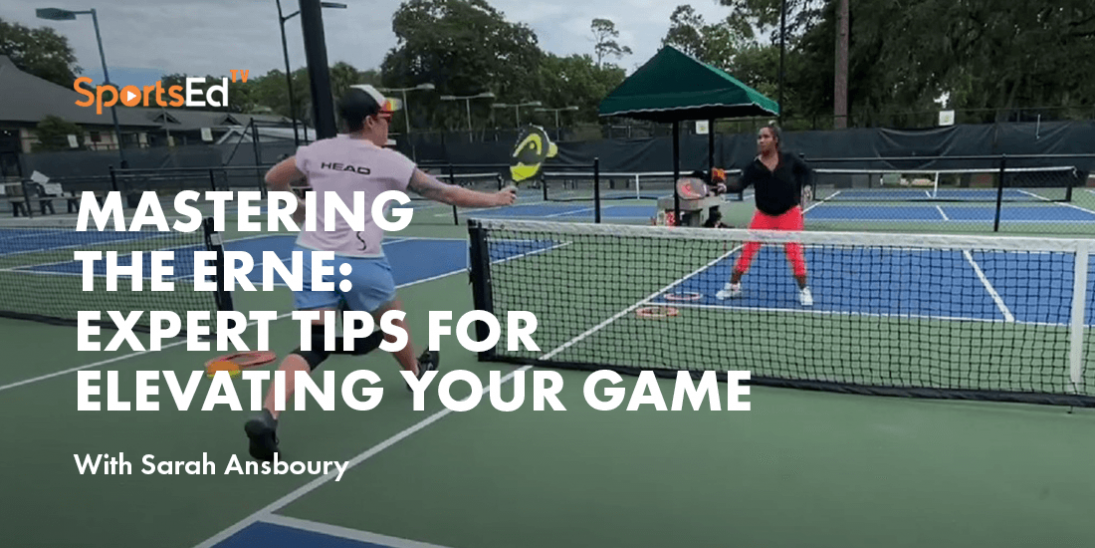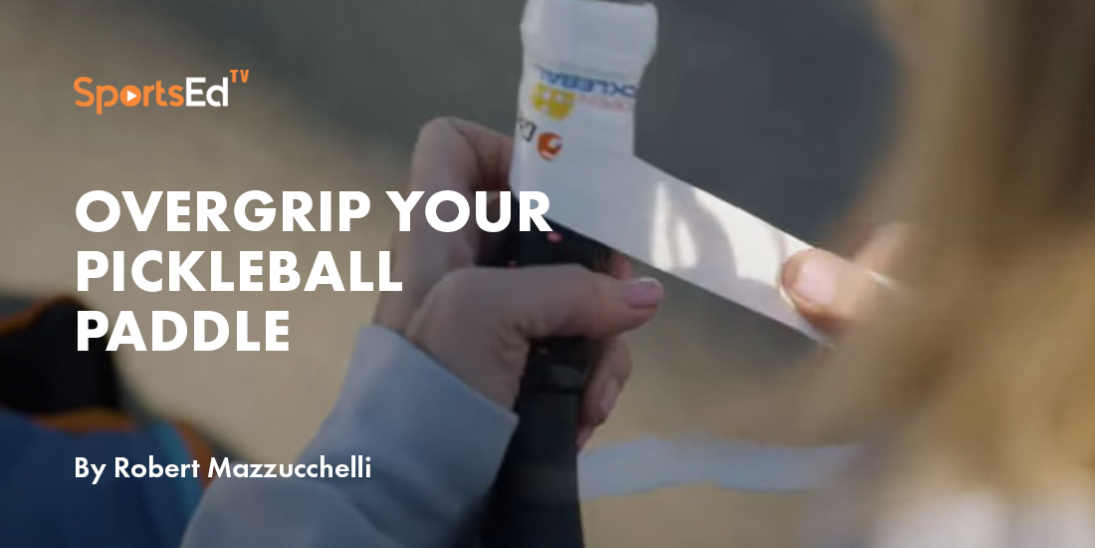Pickleball
Welcome and thanks for visiting...

Unleashing the Power of the Swinging Volley in Pickleball: A Comprehensive Guide
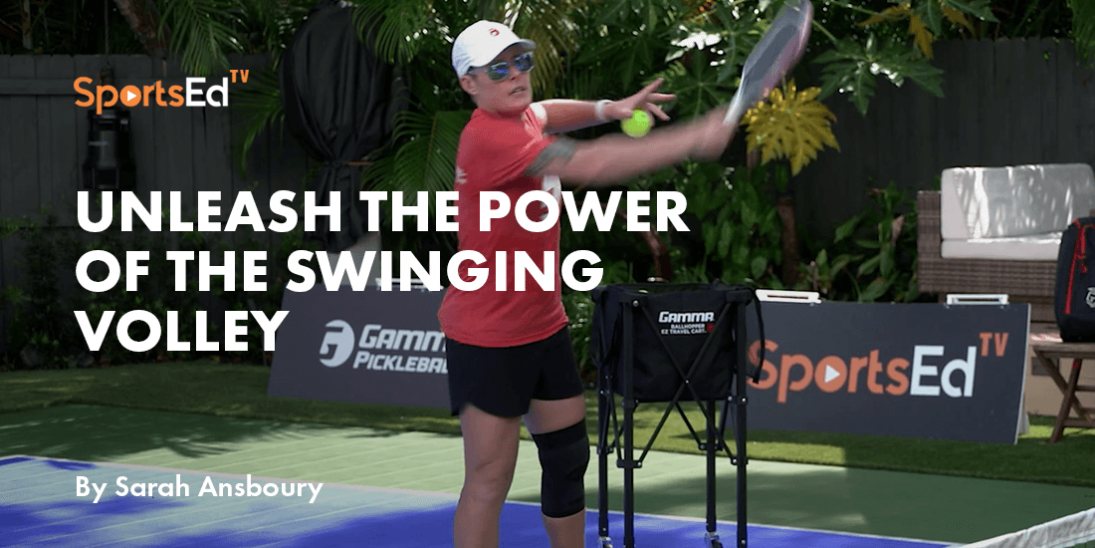
One key aspect that sets the game apart is its unique shots; among them, the swinging volley stands out. It's a common yet powerful shot that can be game-changing when employed effectively.
What is a Swinging Volley in Pickleball?
Before we dive into the mechanics of executing this shot, it's essential to understand what a swinging volley is. Unlike a punch volley, where the player uses a punching motion to hit the ball, a swinging volley involves a full swing at the ball in the air before it bounces. With enough room for a complete swing, it can be an aggressive shot, often producing topspin on the ball.
The Grip: The First Step to a Successful Swing Volley
A successful swing volley begins with the right grip. The classic continental grip is commonly recommended for pickleball players. However, players with a tennis background might find transitioning to an Eastern grip more comfortable. But here's the catch - pickleball is fast-paced, and the ball comes back at you quickly. Therefore, constantly changing your grip isn't a feasible option. Consider this when you're practicing and pick a grip that offers optimal mobility for your wrist, allowing for full ball extension.
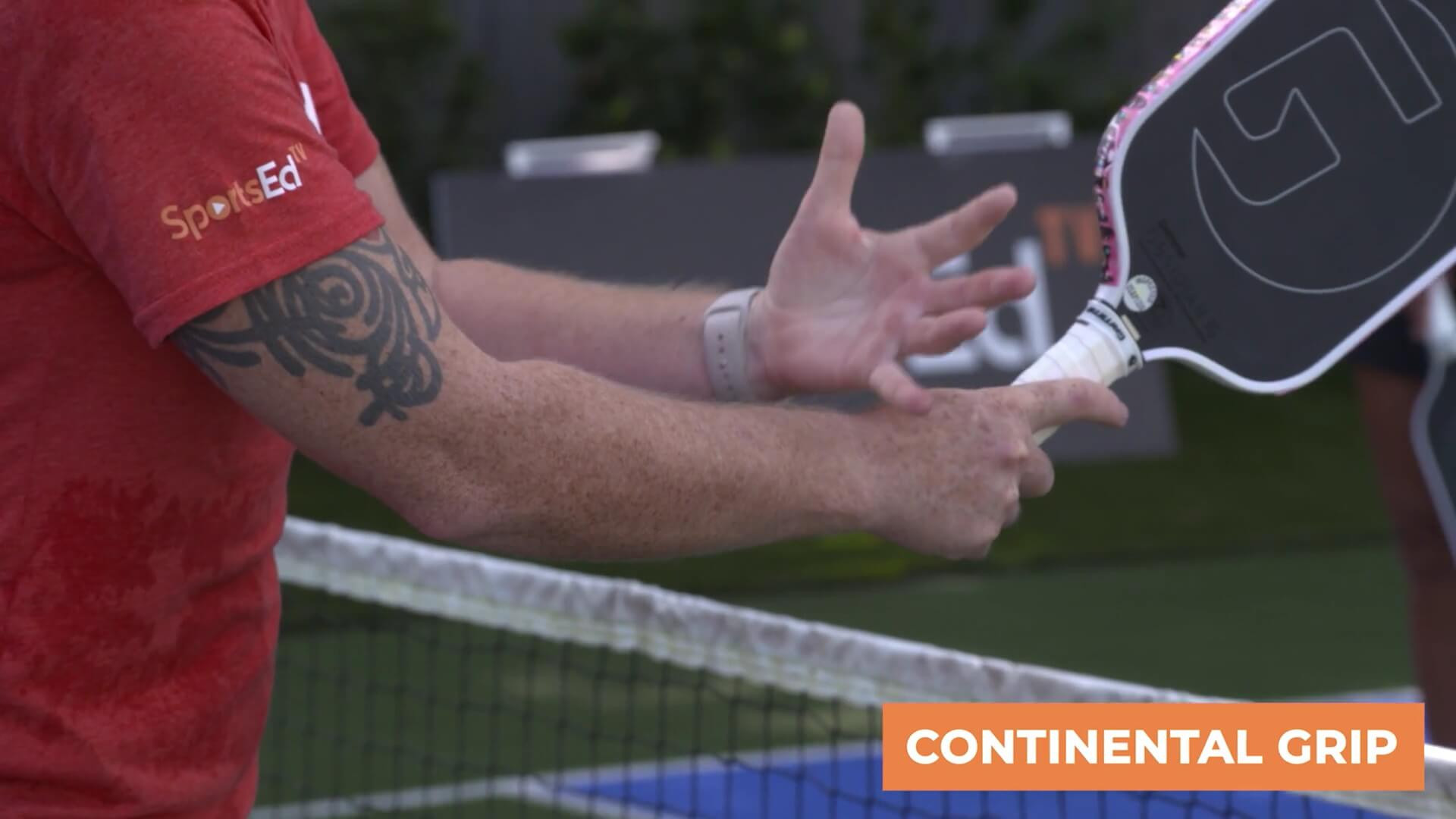
Emphasizing on Body Mechanics
Body positioning plays a crucial role in hitting a successful swinging volley. Ensure your contact point is in front of you, with your shoulders working harmoniously. Engaging the lower body is vital in maintaining balance and control. Your shot's power stems from weight transfer and hip rotation, so ensure you leverage this as much as possible.
Distinguishing the Swinging Volley
The swinging volley differs significantly from a punch volley, primarily regarding time, height, and space requirements. If you have room for a complete swing, the shot will be more aggressive, and you could introduce some topspin on the ball, making it a challenging return for your opponent.
Practicing the Swing Volley: A Self-Feeding Drill
Practicing a swinging volley can be as simple as a self-feeding drill. The advantage of this drill is that it engages the non-dominant side, which is critical for these shots. Your non-dominant hand should not be left hanging. Instead, both hands should work in unison, ensuring your paddle finishes above the net, allowing for successful net-clearing shots.
Your paddle positioning is equally critical. Consider moving it slightly towards your eastern grip and aim to reach out as far as possible. This might feel exaggerated, but it's necessary for creating substantial paddle head speed, resulting in a more powerful shot.
Optimal Weight Distribution
Weight distribution is fundamental in setting up a powerful swinging volley. Start by positioning your weight towards your dominant side, which typically aligns with your forehand. Ensure your toes and hips face the ball; avoid being square to the net.
When preparing to hit the ball, release your weight off the non-dominant side to push into the shot effectively. Think about pressing down into the ground with your toes. This action facilitates acceleration and involves your hips in the shot, generating more power.
Watch the full video here.
Avoiding Common Missteps
A common error in executing the swinging volley is pulling the paddle in, causing a loss of reach and power. Instead, aim for an extension by allowing the tip of the paddle to come around the ball. This approach enables a dynamic energy release, relaxing your dominant side.
Remember, it's crucial not to swing across your body too quickly because pickleball is fast-paced. Ensure your shot is more of a forward motion. Many tennis players tend to cross their body significantly, but in pickleball, you must go out before you cross.
Player-Specific Adjustments for Improvement
Individual adjustments can significantly enhance your swinging volley. Avoid dropping your back leg to reach forward, preventing hip rotation. Instead, focus on maintaining evenness as you go through the shot.
It's common for players to grip their paddles too tightly and close to the top. Keep your grip lower and looser for better results. Also, allow your elbow to bend slightly. This action releases some energy when you pull back from the shot, generating more power.
Ensure you use your non-dominant hand to create a forward extension, making your shot more efficient. Avoid the temptation to generate topspin by flicking over the ball; it's unnecessary. With the correct contact point, the topspin will happen naturally.
Also, beware of the common mistake of locking the wrist. Unlike in tennis, where you have time for that, pickleball is much faster, and you're working with a much shorter paddle. It's vital to make contact quickly without locking the wrist too much.
Wrapping It Up
Remember, the power in your shot comes from your legs, and the control comes from your arms. While setting up, ensure you're not very square to the net. Rotate your hips and body for maximum effect. With these techniques and consistent practice, you'll be able to master the swinging volley and make it an integral part of your pickleball arsenal. Happy playing!



